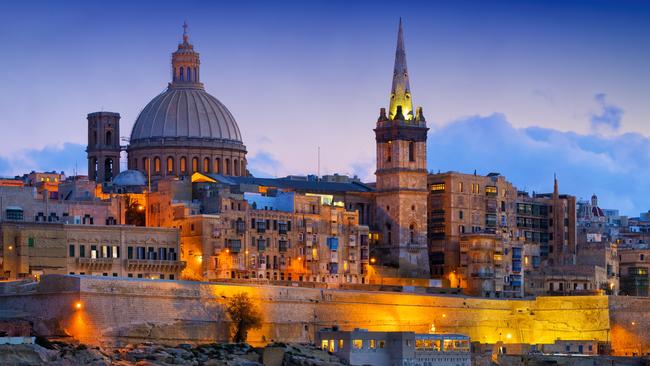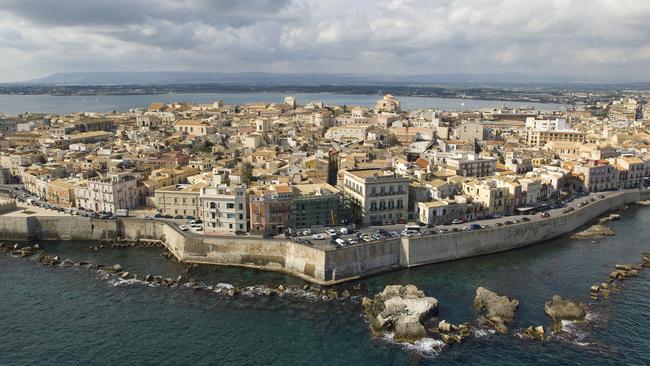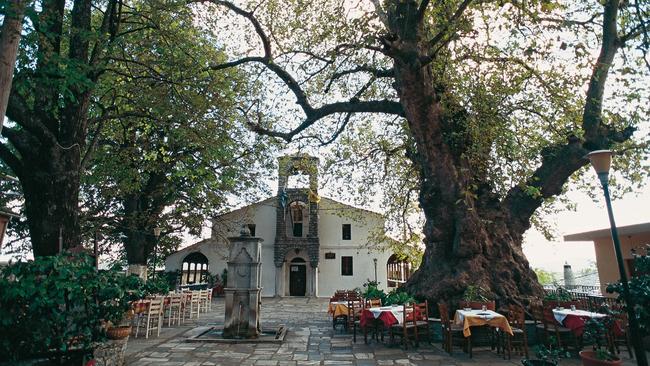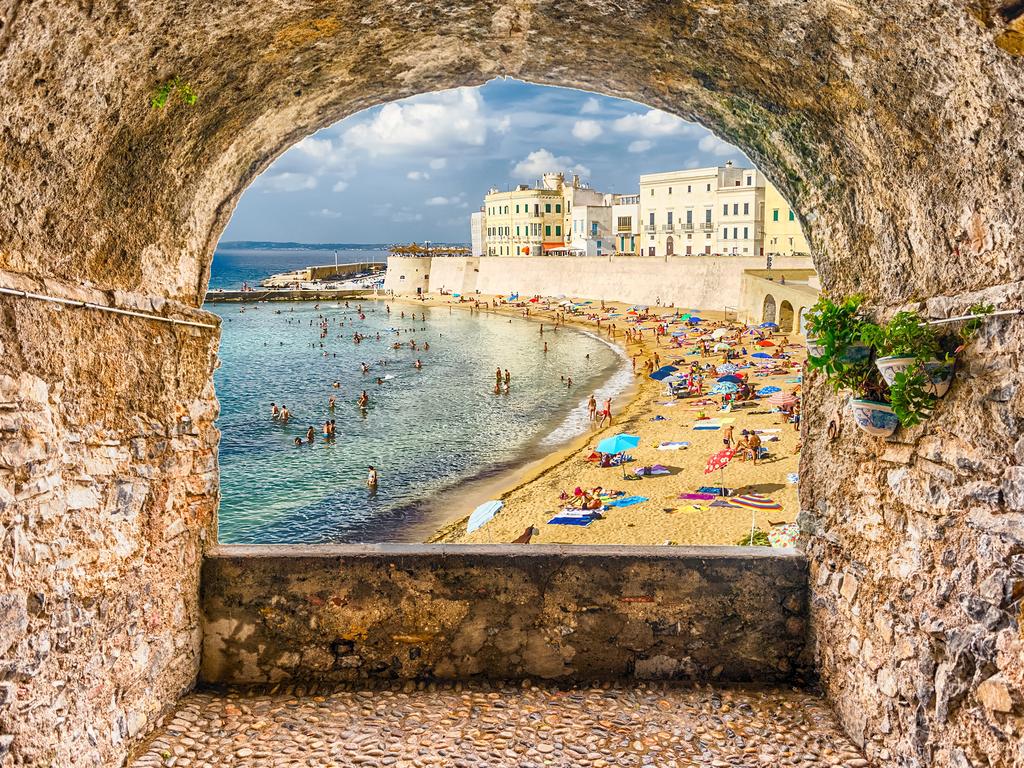If you love history, you’ll love these heritage-packed ports
These harbour hubs are drenched in stirring relics of war, religious landmarks and other echoes of the past.

These harbour hubs are drenched in stirring relics of war, religious landmarks and other echoes of the past.
1 Valletta, Malta
The island of Malta has long been coveted due to its strategic position in the Mediterranean Sea. Its Grand Harbour in the capital, Valletta, was one of the most heavily fortified ports in Europe, and its extensive naval fortifications make a dramatic backdrop for cruise ships. Some of the largest forts standing today were built or heavily modified by the Knights Hospitaller, the Catholic military order that ruled Malta from the 16th-18th centuries and famously fought off an Ottoman attack during the Great Siege of Malta in 1565. Begin at the National War Museum at Fort St Elmo, which includes a poignant World War II display detailing the bombing by the Axis Powers, and take a water taxi from the city to Fort St Angelo for a guided tour and some of the best harbour views.

5 Syracuse, Italy
Founded by the Greeks around 734BC, Syracuse was once the most important city-state not just in Sicily but all of Greek civilisation. Its historical heart is the island of Ortigia, lapped by the Ionian Sea and rife with Greco-Roman ruins. Begin exploring at the Fountain of Arethusa, a homage to the nymph of Greek mythology, then follow its water source to the Fountain of Diana in Piazza Archimede, where the second act of the myth is portrayed by a cast of aquatic statues. Visit the 7th-century Cathedral of Syracuse, which began life as a Doric temple but bears a Baroque facade erected following an earthquake in 1693. The neighbouring town of Noto was rebuilt almost entirely in the same style and, like Syracuse, is UNESCO World Heritage-listed.

3 Itea, Greece
This modern waterfront town surrounded by mountains on the Gulf of Corinth is the gateway to the pan-Hellenic sanctuary of Delphi. Reached via a scenic drive past a multitude of olive trees and regarded as the centre of the world during antiquity, Delphi was where pilgrims received prophecies from the Oracle of Apollo, whose ruined temple is the centrepiece of the archaeological site. It presides over a dramatic gulch in Mount Parnassus, overlooking the valley of the Pleistos River. Follow the path of the pilgrim (the Sacred Way) as it twists up the terraced hillside, culminating at the remarkably preserved Delphic amphitheatre, dating to the first century AD. Leave enough time to visit the site’s excellent museum, filled with statues and artefacts recovered when the ruins were unearthed in the 1890s.

4 Volos, Greece
When the gods choose a spot for their holidays, you know it must be pretty special. Mount Pelion was not just the summer residence of the Olympian deities, but home of the centaurs, and one of three mountains piled upon each other by two giants attempting to overthrow Zeus. For mere mortals, the 26 villages of Pelion could be the closest thing to heaven. Clinging to a hillside overlooking Volos – a commercial port at the head of the Pagasetic Gulf – they are possibly the prettiest in Greece, speckled with gardens, fountains, Byzantine-era churches and stone squares shaded by centuries-old plane trees. For a different perspective on the divine, take a two-hour bus trip to the mountaintop monasteries of Meteora, where since the 11th century monks have lived perched improbably upon monolithic sandstone peaks – “heavenly columns” up to 600m high – in their own attempt to get closer to God.

2 Kusadasi, Turkey
Its name is spelt out on a hill in huge, Hollywood-style lettering, and the artificial glitz of this resort town on the Aegean Sea is immediately pervasive. Kusadasi’s appeal, though, is not its fake designer goods, but its proximity to Ephesus, the best-preserved Greco-Roman city in the Mediterranean, and one of the most important of the Roman empire. While little is left of the Temple of Artemis – one of the Seven Wonders of the Ancient World – much of the city has been excavated intact or meticulously reconstructed. Walking the original marble-paved streets, it doesn’t take much imagination to travel back millennia to when Antony and Cleopatra strolled hand in hand. The towering facade of the Library of Celsus is a stunning symbol of Ephesus’s cultural significance, along with the 25,000-capacity Ancient Greek Theatre.
If you love to travel, sign up to our free weekly Travel + Luxury newsletter here.



To join the conversation, please log in. Don't have an account? Register
Join the conversation, you are commenting as Logout